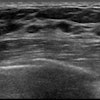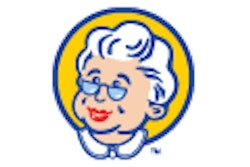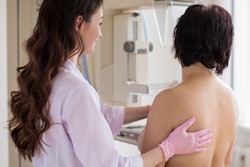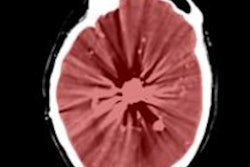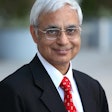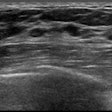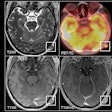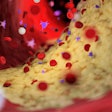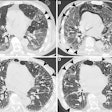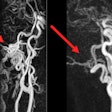
New research from Australia has underlined the potential of radiographers to enhance the accuracy of screening programs and increase the detection rates for breast cancer and calcifications. The study looks set to enliven the long-running debate about role extension.
"I knew that some radiographers were extremely competent in image interpretation, and could detect the difference between normal and abnormal screening mammograms," noted Sheila Moran, a senior tutor radiographer from Newcastle BreastScreen, part of the NSW Hunter New England BreastScreen Program. "The challenge ahead is to stimulate and encourage policymakers to provide opportunities for advanced practice for radiographers, not only in mammogram screen reading, but in all forms of medical radiation and radiation therapy sciences."
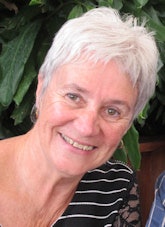 Sheila Moran, from Newcastle BreastScreen.
Sheila Moran, from Newcastle BreastScreen.Her article published in the May edition of Radiography demonstrates the abilities of Australian radiographers in mammogram screen reading, highlighting their skills in the detection of calcifications and architectural distortions, as well as their specific difficulties with detecting different lesion types.
Six experienced radiographers participated in a prospective study involving 9348 women. Each of them read 2,000 mammograms between 2010 and 2013. A summary of the results showed that, after biennial review, three cancers in 2013/2014 had been marked as abnormal by one radiographer two years prior, which increased her sensitivity from 64% to 85%. On the other hand, the sensitivity for the radiologists decreased from the assumed 100% to 95%.
The percentage of cancers detected by the radiographers ranged from 53% to 100% of the cancers detected by the radiologists. The radiologist recall rate ranged between 3.4% and 5.5% and the radiographers' range was 2.9%–9.8%. The level of agreement of the radiographers with the radiologists ranged from 90 to 96%.
The article, "Can Australian radiographers assess screening mammograms accurately? Biennial follow-up from a four-year prospective study and lesion analysis," looked at the results of those same women at the biennial re-screen. Analysis of the results included validation of normal results by negative follow-up screens and new cancers at biennial review; there is also analysis of the types of lesions detected and missed.
Changing national landscape
Moran said she finds the results unsurprising, given the increasing skill levels of radiographers in her country. She explains the Australian Institute of Radiography has a committee that is in touch with the policymakers of tertiary institutions and government departments. Protocols need to be formalized, and education programs will need to be developed and established with universities, but once a pathway has been formalized, advanced practice will become a reality, she added.
"Nothing will happen quickly, but it is in progress at least," Moran said. "My hope after doing this research is that I have contributed to the discussion about advanced practice and have helped to set in motion the proceedings for a formal position of advanced practitioner."
While an increasing number of countries such as the U.S., U.K., and Denmark are developing advanced roles for radiographers with specific scopes of practice, other countries, like Australia, are still examining the evidence while they go through the process of this change, she pointed out. She hopes ongoing research into radiographer reporting will encourage policymakers in Australia to follow the lead of those countries who have shown proven success in advanced practice, by providing acknowledgement and accreditation for advanced practitioners in mammogram screen reading.
"Two main factors determine the diagnostic accuracy of mammogram interpretation: The first is the technical quality of the image and the second depends on the proficiency and competence of the reader, who needs to be able to recognize and correctly interpret the information," Moran said in an interview with AuntMinnieEurope.com.
Her conclusions were very much in line with the findings from a number of other recent European studies on the subject. For example, researchers from the University of Bradford, U.K., have found radiographer-led immediate (or "hot") reporting in the emergency room can cut overall hospital costs, reduce treatment errors, and improve doctor confidence, while another study from Lund University in Sweden examined the attitudes of Danish and Swedish radiographers toward reporting and showed radiographers in both countries, particularly in Denmark where reporting radiographers has been implemented, were positive toward using reporting radiographers as long as they undergo appropriate education and have clearly defined areas of responsibility.
Overall, Moran is convinced the research provides extra proof that Australian radiographers are capable and very willing to take on new roles and responsibilities.
The article in Radiography was the last of nine published papers making up Moran's PhD thesis, called "An investigation into the willingness and ability of Australian radiographers to interpret screening mammograms." She is studying for a PhD in Higher Research at the University of Newcastle, in New South Wales, Australia.


